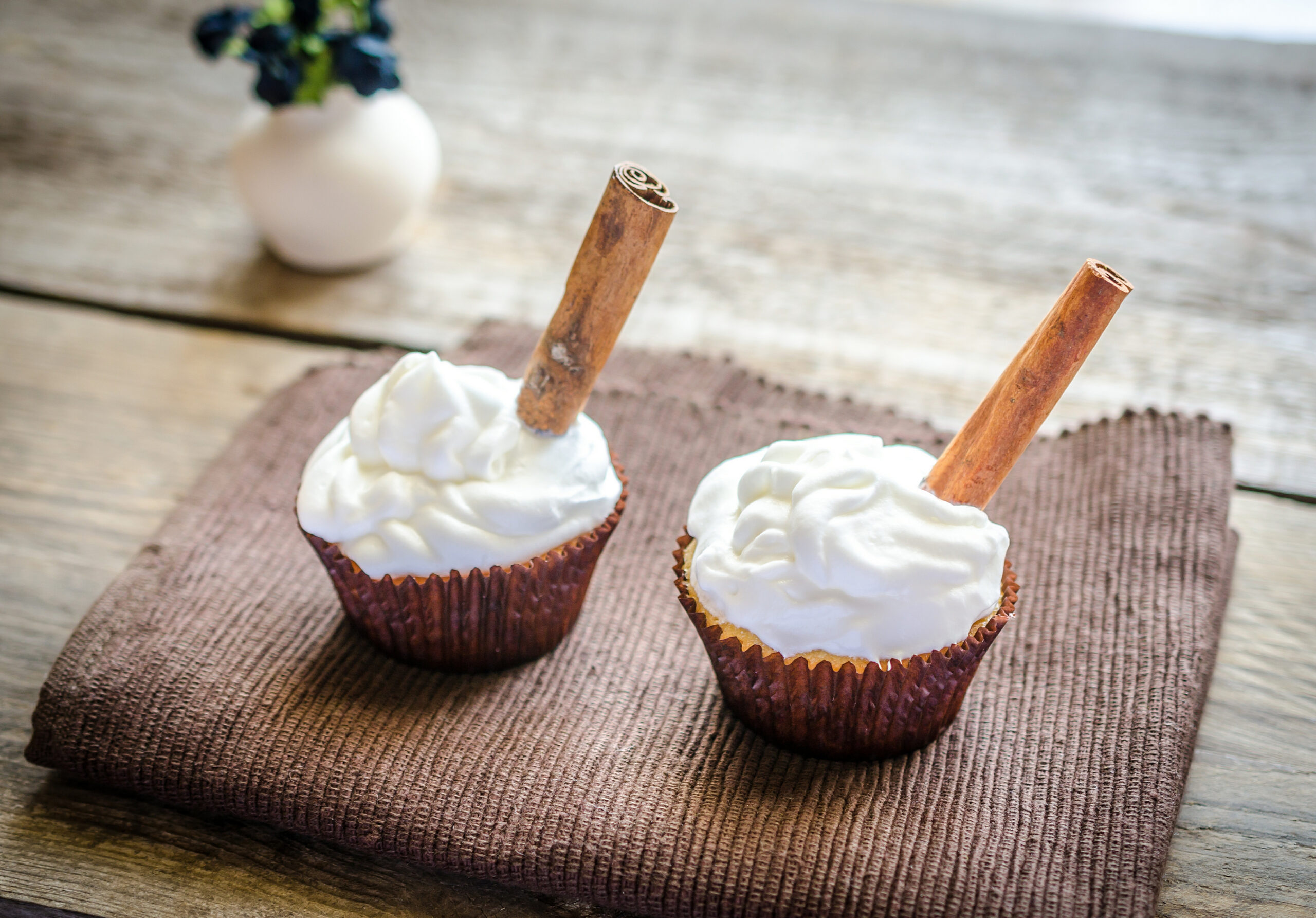Heavy cream is a pertinent ingredient in many recipes around the world, and with tons of good reason. Soups, a great number of sauces, handmade butter, ice cream, and sour cream are just a few of the dishes that call for it.
This cream is created from fresh milk with a concentrated high-fat component. This is why it’s sometimes referred to as heavy whipping cream. When fresh milk is left to stand, a thick cream rises to the top and can be scraped off.
Heavy cream, 36% – 40% fat, is heavier in fat than other cream variants such as whipped cream, half-and-half, and light cream.
However, heavy cream contains dairy, and the fat content is very high, so it is not good for everyone. Luckily, if you want to replace heavy cream, there are many options to substitute in your recipes.
Cream Nutrition Facts
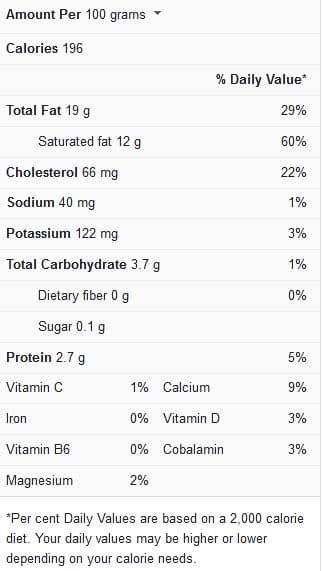
What is heavy cream
Heavy cream is a kind of milk cream that forms on top of fresh milk that hasn’t been homogenized.
Homogenizing milk is the process of burning fat in milk into tiny droplets that stay floating in the liquid. It’s not to be mistaken with pasteurizing milk, a heat process that destroys any potentially harmful bacteria in milk.
The Food and Drug Administration, or FDA, regulates heavy cream, as it does everything else related to food. According to the rules, heavy cream can include 36 percent to 40 percent fat, with the balance of the liquid being milk. Heavy cream with 36 percent fat is the only option in most supermarket stores.
The majority of these items have specific applications. Milk is a drinkable product with a wide range of cookery applications. Creams are typically used just in the kitchen. Cream sauces and whipped cream are the two most common uses for heavy cream.
Heavy cream uses in recipes
Heavy cream is a great thickener/enricher for soups and sauces, especially because it does not curdle when cooked. Since it can be piped and keep its shape when beaten, heavy cream is also used for ice cream, different kinds of frostings, and as a topper for desserts.
See some delectable dishes and recipes you can use heavy cream in
- Decadent Pasta Sauce
- Soup
- Custardy Dessert
- Scrambled Eggs
- DIY Cheese
- Biscuits
- Caramel Sauce
- Chocolate Mousse
- Brown Sugar Whipped Cream
- Fruit Cream Recipe
- The Creamiest Mac and Cheese
- Easy Clotted Cream Recipe
- Keto Whipped Cream
- Coffee Whipped Cream
- Alfredo Sauce
Heavy cream substitutes
When a recipe requires heavy cream, you can expect it to be rich and decadent. Heavy cream makes any meal velvety and delectable, whether it’s a savory or sweet dish.
What if you do not have any heavy cream on hand, though? Substituting whole milk with the rich stuff isn’t always a good idea: Because heavy cream has ten times the fat content of normal milk, it gives meals a silkier, creamier texture. But don’t be concerned: In a pinch, these heavy cream substitutes will suffice.
Milk
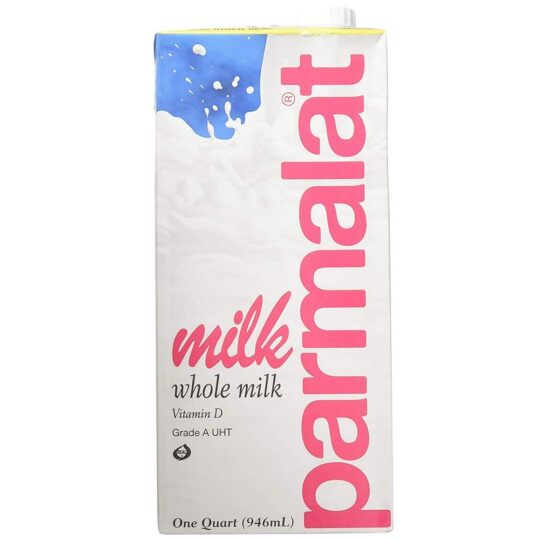
Whole milk is used as a substitute in some cases. It has a low-fat level of 3.5 percent, but it works well in mashed potatoes or potatoes au gratin – you will only need to add more flour to keep it from separating.
Milk can also be used to make light and fluffy scrambled eggs and blended into a warm bowl of porridge. It’s also good warmed up in a mug of creamy hot chocolate.
To replace 1 cup of heavy cream in your recipe, whisk together two tablespoons of cornstarch with 1 cup of milk and set aside to thicken.
To help reduce your recipe’s calories and fat content, you can use whole milk or skim milk. It’s crucial to keep in mind that it won’t whip and heavy cream.
Coconut milk
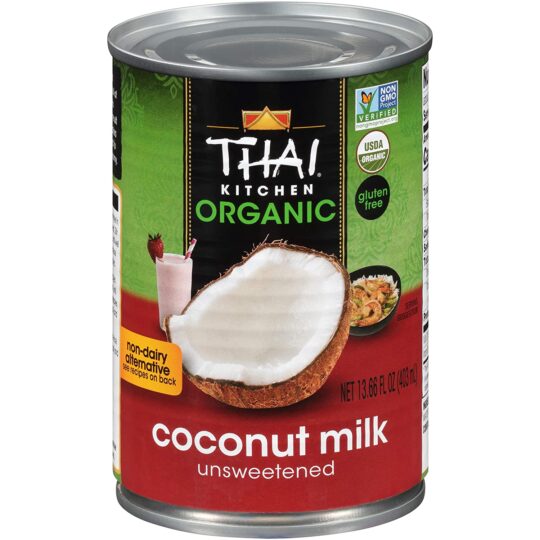
This vegan substitute will work well in a recipe that calls for heavy cream.
Keep in mind that this substitution will give a meal a coconut flavor, which may or may not work in all recipes.
Start with full-fat coconut milk – not the light one – and utilize the thick coconut cream at the top of the can for the best results. Also, avoid using coconut cream that has been sweetened.
Coconut milk is a versatile ingredient that may lend a creamy texture to soups, a rich taste to sauces, and replace heavy cream in savory meals and desserts.
It can be bought ready-made, but it’s also easy to create at home with coconut milk. Chill a can of full-fat coconut milk overnight, open it and transfer the liquid contents into a separate container.
Sour cream
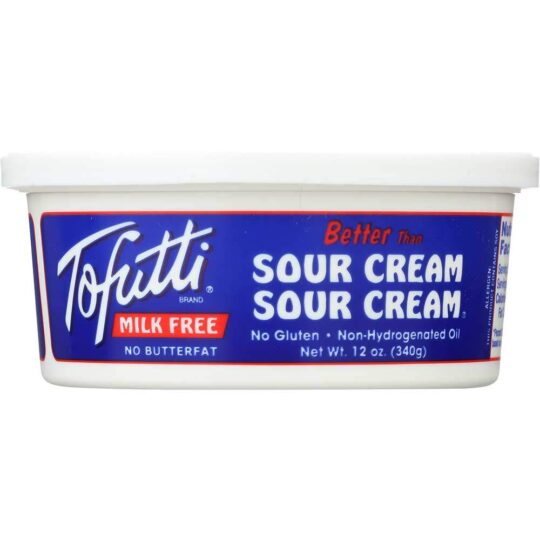
Sour cream is a thickened cream that has been treated with lactic acid to give it a sour taste. It has a high enough fat content – around 20% – that can be used as a heavy cream substitute in savory dishes like soups and chili.
As long as the sourness doesn’t overpower the dish’s flavors, it’s a good heavy cream substitute.
Notably, sour cream can be substituted in equal amounts of heavy cream called for in any given recipe. Sour cream is used to add creaminess or richness to your recipes, but it can curdle when added to heated dishes, so wait until the dish has finished cooking before adding it.
Frequently asked questions (FAQs)
What is the use of using heavy cream in recipes?
The easier it is to whip a liquid into solid peaks, the higher the fat content. This is why whipped cream is made from heavy cream. Higher-fat liquids, such as heavy cream, are also less likely to curdle, so it stays smooth when heated.
Is it possible to substitute cooking cream for heavy cream?
Although it contains less butterfat than heavy cream, it is lighter and more liquid. When you need to simmer a dish or bring it to a boil, this is the cream to use.
Is heavy cream good for baking?
Heavy cream has 36 to 40% milkfat and whips up firmer with stiffer peaks that keep their shape longer than whipping cream peaks. When it comes to adorning pies and cakes and thickening sauces and ganache, heavy cream is a fantastic choice.
Conclusion
Heavy cream is useful to keep on hand for everything from handmade cake recipes to hearty winter soups.
Heavy cream gives dishes richness and, well, creaminess. The USDA defines heavy cream as having at least 36 percent milk fat.
But what if you’re out of heavy cream? Instead, look for one of these heavy cream alternatives.
Fortunately, if you have any of the mentioned substitutes on hand, you can use them in place of heavy cream. Just bear in mind that the flavor and fat content of the dish will influence where you can safely substitute.
